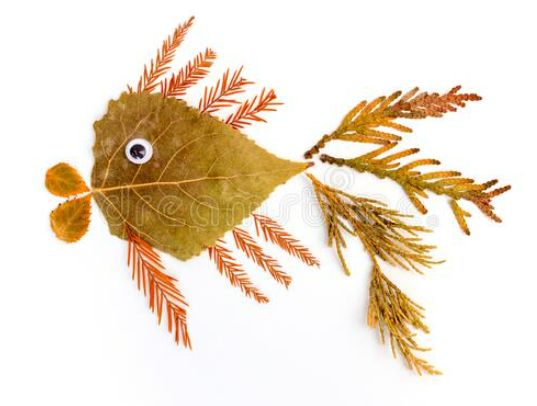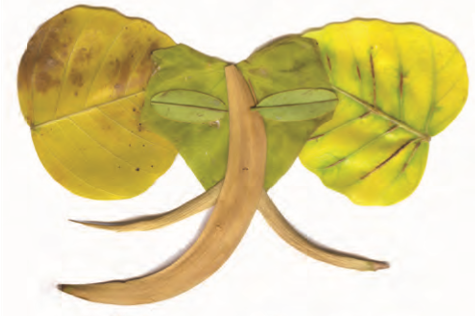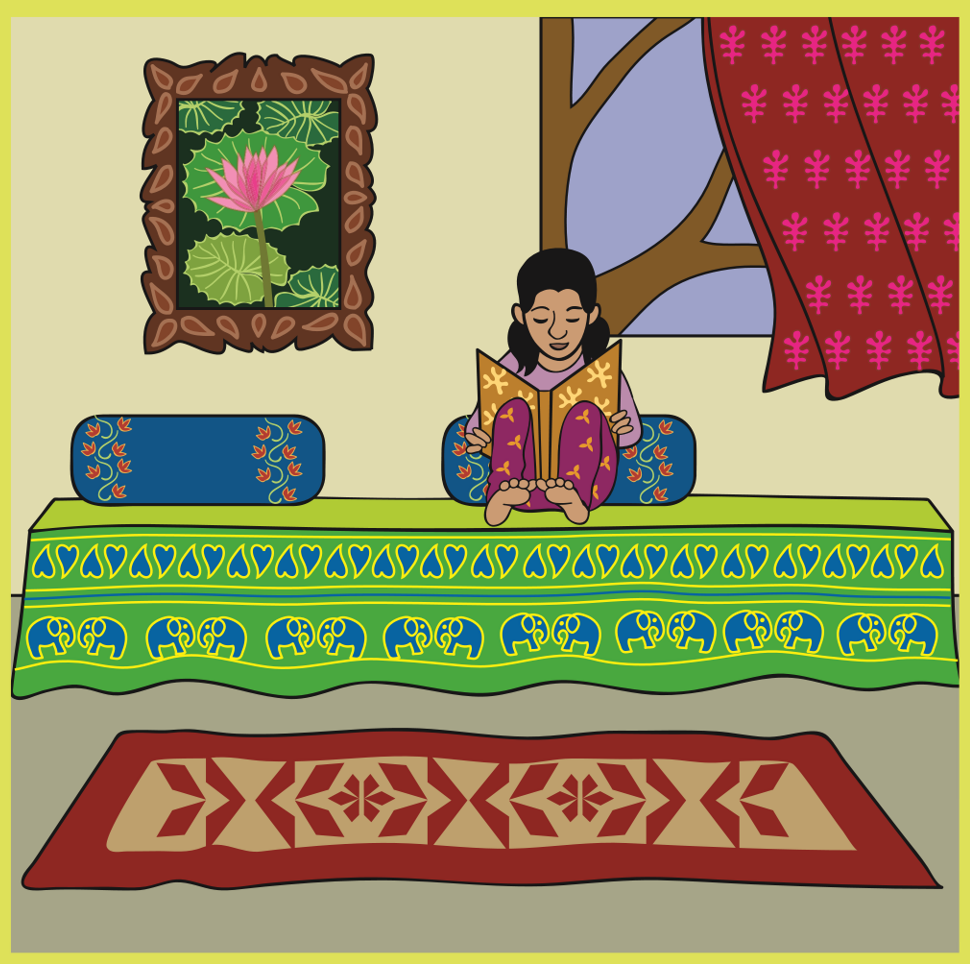NCERT Solutions for Class 3 EVS Chapter 2 The Plant Fairy
This page is created by subject matter experts of Home-tution.com and consists of detailed NCERT Solutions for Class 3 EVS Chapter 2 The Plant Fairy. All the questions asked in the NCERT textbook class 3 EVS for Chapter 2 The Plant Fairy are solved as per the CBSE requirements to score good marks in the school exam for Chapter 2 The Plant Fairy. Get chapter-wise NCERT Solutions for class 3 EVS prepared by experts.
Find below NCERT Solutions for Class 3 EVS Chapter 2 The Plant Fairy
Q.1 Can you name the plant on which Didi was sitting?
Ans.When all the children were playing, Didi was sitting on the green grass.
Q.2 The children ran again to touch the trees with thick or thin trunks. Have you seen a tree with a trunk as thick as the one shown in the picture?
.png)
Ans.The game is that everyone has to touch the trees with thick and thin trunks. Yes, I have seen a tree with a trunk as thick as the one shown in the picture. Example: mango tree, banyan tree and neem tree.
Q.3 Do all the leaves have similar colours, shapes and margins?
Ans.No, all the leaves present in nature have different colours, shapes, and margins. The colour of the leaves is not always green, it can be yellow and red as well. Their shapes can be round, spherical, or oval. Also the length can be short or long. The leaves can be broad, sharp, pointy, small, and big. Hence, they all will not have similar colours, shapes, and sizes.
Q.4 Collect a few leaves of plants like lemon, mango, neem, basil (tulsi), mint (pudina) and coriander (dhaniya). Crush the leaves and smell them. Do they all smell alike? Can you identify the leaves just by their smell?
Ans.No, all the collected leaves of lemon, mango, neem, basil, mint and coriander do not smell alike. Yes, the leaves can be identified by their smell.
Q.5 Using dry leaves, make pictures of different animals in your notebook.
Ans.The pictures of different animals using dry leaves are:
This picture with dried leaves looks like a fish:

This picture with dried leaves looks like a mouse:

This picture looks like an elephant, which big dried leaves:

Q.6 Look at the picture and name the things which have pattern of leaves and flowers on them.

Ans.In the picture given above, the things that have the pattern of leaves and flowers on them are:
- The painting on the wall has a flower pattern on it.
- The pillow covers have flower pattern on it.
- The bedsheet has the flower and leaves pattern on it.
- The curtains have the leaves pattern on it.
- The dress worn by the girl in the picture has flower pattern on it.
- The cover of the book is decorated with flower and leaves patterns.
- The carpet on the floor has flowers and leaves pattern.
Q.7 Look for objects which have patterns of leaves and flowers on them in your house. Write their names.
Ans.In most of our homes, the objects having the patterns of leaves and flowers on them can be: pillow covers, bedsheets, table cloth, carpets, doormats, and paintings.
Q.8 You must have seen many plants and trees. How many of them can you name? Write their names.
Ans.There are many plants and trees in nature. The most common ones that can be named are: tulsi tree, mango tree, neem tree, banana tree, coconut tree and banyan tree. The plants are rose plant, jasmine plant, sunflower plant and marigold plant.
Q.9 Are there any plants that you have heard of, but never seen? Which ones?
Ans.There are many plants that I have heard of, but have never seen and these are: saffron, strawberry, grapes, almond, walnut, etc.
Q.10 Ask some older people if there were plants which they have seen when they were children but are not seen these days.
Ans.The plants that were seen by old people and are not seen today are: Musli, Malabar and Mahogany trees.
Q.11 Also, ask them if there are any plants which can be seen these days, but which were not seen earlier.
Ans.The plants which can be seen these days but were not seen in olden times are: kinnu and yellow rose plants.
Q.12 Choose a tree near your school or house and make friends with it. A lasting friendship! What tree is it? Ask some elders if you don’t know.
Ans.The tree is a mango tree. I have made friends with this tree and this friendship will be everlasting.
Q.13 Would you like to give your friend a special name? What will you name it?
Ans. As mango trees bear mango fruit and it is known as the king of fruits, so I will name this tree as ‘King’.
Q.14 Does the tree bear flowers or fruits? Which ones?
Ans.Yes, the mango tree bear’s both flowers and fruits. First it produces a flower which gets converted to mango fruit.
Q.15 How do the leaves of the tree look?
Ans.The leaves of the mango tree are long and pointed at one end. They are not very broad in shape.
Q.16 Do animals live in the tree? Which ones?
Ans.Yes, many animals and birds live in the mango tree. Squirrels, ants, parrots, sparrows etc, live in the mango tree.
Q.17 Find out more about your tree friend and share it with others.
Ans.My friend ‘King’ or mango tree gives very sweet mango fruits. Generally, we get mangoes in April, May and June months. Many drinks and fruit juices are made using Mango fruit. An International Mango Festival in the month of June-July is organized by Delhi every year.